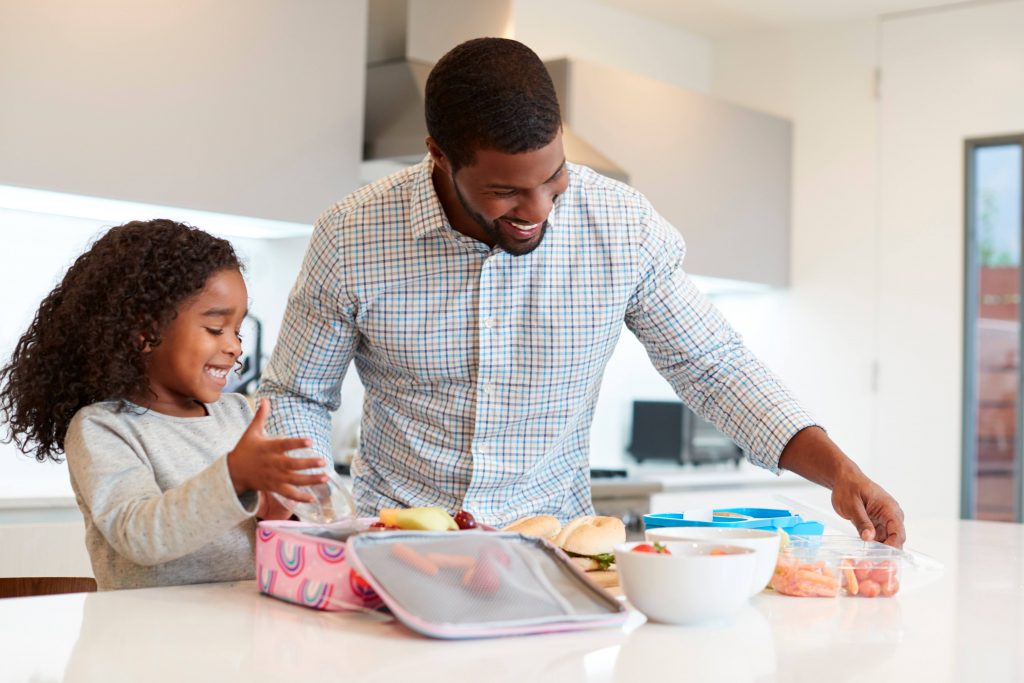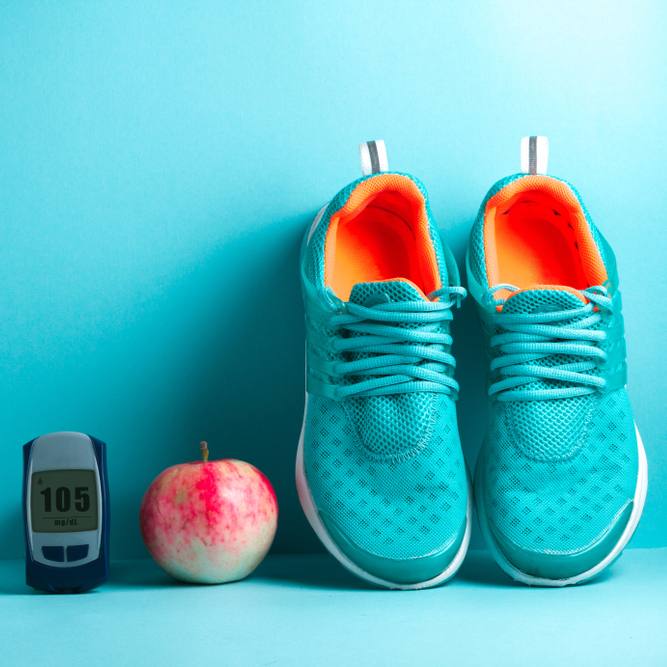-
Mayo Clinic Q and A: Beat the ‘back-to-school blues’ with healthy lunches

DEAR MAYO CLINIC: My kids are heading back to school, but we'll be packing lunches for them this year. I want to make sure I'm sending things that are healthy but also that they like and will eat. Do you have any specific recommendations?
ANSWER: Healthy eating is important at every age, especially for children. Research has shown there's a close link between nutrition and learning. A healthy diet improves children's ability to focus, memory, brain function, behavior and mood, so having a good breakfast and appropriate lunch is essential.
Packing a healthy grab-and-go lunch should be viewed with the same lens as other meals. Think about the basics of a healthy diet and include a variety of fruits, vegetables, grains, proteins, and dairy or fortified soy alternatives. Beverages should be nutrient-rich and have little to no added sugars.
Consider developing a plan for creating healthy, balanced family meals. If you need inspiration, look up the Department of Agriculture's MyPlate guidelines. These guidelines call for half of the plate to be fruits and vegetables and the other half to be split between grains and protein, with a serving of dairy on the side.
When packing a school lunch for your children, you want to give things that satisfy their hunger and boost their attention and energy for a day of learning. Consider these items as you prepare the mid-day meal.
Grains. At least half (3 ounces) of the grains eaten daily should be whole grains packed with fiber. When you check a product's ingredient list, the first ingredient should be a whole grain, such as whole wheat, brown rice or whole oats.
Sandwiches are an easy way to include whole grains at lunch. Make them with whole-grain bread, whole-wheat bagels, pitas or tortillas. Or pack a whole-grain side dish featuring quinoa, brown rice or a snack bag of whole-grain crackers.
Proteins. Choose lean cuts of meat, poultry and fish prepared without additional fat or oil. Baking, broiling, and grilling are healthy ways to cook proteins. Nuts, beans and lentils also are packed with protein.
Foods with protein help children feel full longer. A sandwich of peanut butter, almond butter or lean meat and sliced cheese is a lunch-bag staple. If allergies are a problem, consider making a wrap by spreading a tortilla with hummus and rolling it up with shredded lettuce, sliced tomatoes and shredded chicken. Leftovers from dinner the night before — such as chicken strips or sushi — can be fun for lunch. On frosty days, fill an insulated container with chili. To add protein on the side, pack string cheese, a yogurt cup or a handful of nuts.
Fruits and vegetables. Aim for 1½ to 2 cups of fruits and at least 1½ cups of vegetables daily. Keep in mind that 1 cup of 100% fruit juice is equal to 1 cup of fruit. Fresh fruits and vegetables look colorful from the essential vitamins and minerals they contain. Add various fresh vegetables and fresh, dried or canned fruits to your children’s lunchboxes.
Some ideas for lunch-friendly veggies include cucumber slices, celery, carrot, or jicama sticks dunked into a low-fat dip or hummus, or a small container of cherry tomatoes or sugar snap peas. Whole, fresh fruits, such as oranges, bananas, grapes, apples and pears, are perfect for lunches. Or pack a snack bag of raisins, apricots or dried banana chips.
Healthy beverages. The best way to keep children hydrated is to have them drink water or milk. Milk is an excellent source of calcium, which helps build strong bones. Avoid juice, soda or energy drinks, which are high in sugar.
Consider likes and familiarity — but think outside the box.
For the most part, no foods are off limits, but some foods should be limited because they lack nutritional value, including:
- High-fat foods that contain more than 30% of daily calories. You can find this information on the nutrition label.
- Foods that cause dental cavities, such as soda, gum, candy and sugar-sweetened beverages. Too much sugar has been shown to hurt academic performance.
- Caffeinated drinks, which can cause restlessness and dehydration.
Even the best-packed lunch won't be any good if it goes uneaten. Sometimes it is best to pack familiar foods. These are foods that your children will enjoy and eat. Also, give them options.Pack a variety of items so your children can choose what to eat. Even if they don't finish everything at lunch, they can snack on leftovers later.
Lastly, think about ways to liven up school lunches, such as breakfast for lunch. Overnight Oats, made in the refrigerator, don't only have to be for a morning meal. Since these oats are eaten cold and loaded with calcium, fiber, and protein, they are a great option to pack. You can customize it to your children's liking with apples and cinnamon, chocolate chips and bananas, and berries and honey.
Add a sweet dip to liven up cut-up fruits or make a savory vegetable spread that can be paired with assorted fresh veggies or spread on a bagel, pita or tortilla, and top with turkey or chicken, vegetable slices, and shredded cheese.
Be creative and mix it up. Try to avoid giving kids the same thing day after day. The best way to find out what your child wants is to ask. This conversation will be a chance to discuss making healthy food choices and help keep lunches from going to waste. — Lizzie Bertrand, dietitian, Mayo Clinic Health System, St. James, Minnesota
****************************
Related back-to-school posts:
- Mayo Clinic Minute: Building a back-to-school routine
- Mayo Clinic Minute: 4 ideas for avoiding the ‘freshman 15’
- Mayo Clinic Minute: Why it’s essential to plan ahead for snack time
- Mayo Clinic Minute: Building a back-to-school routine







